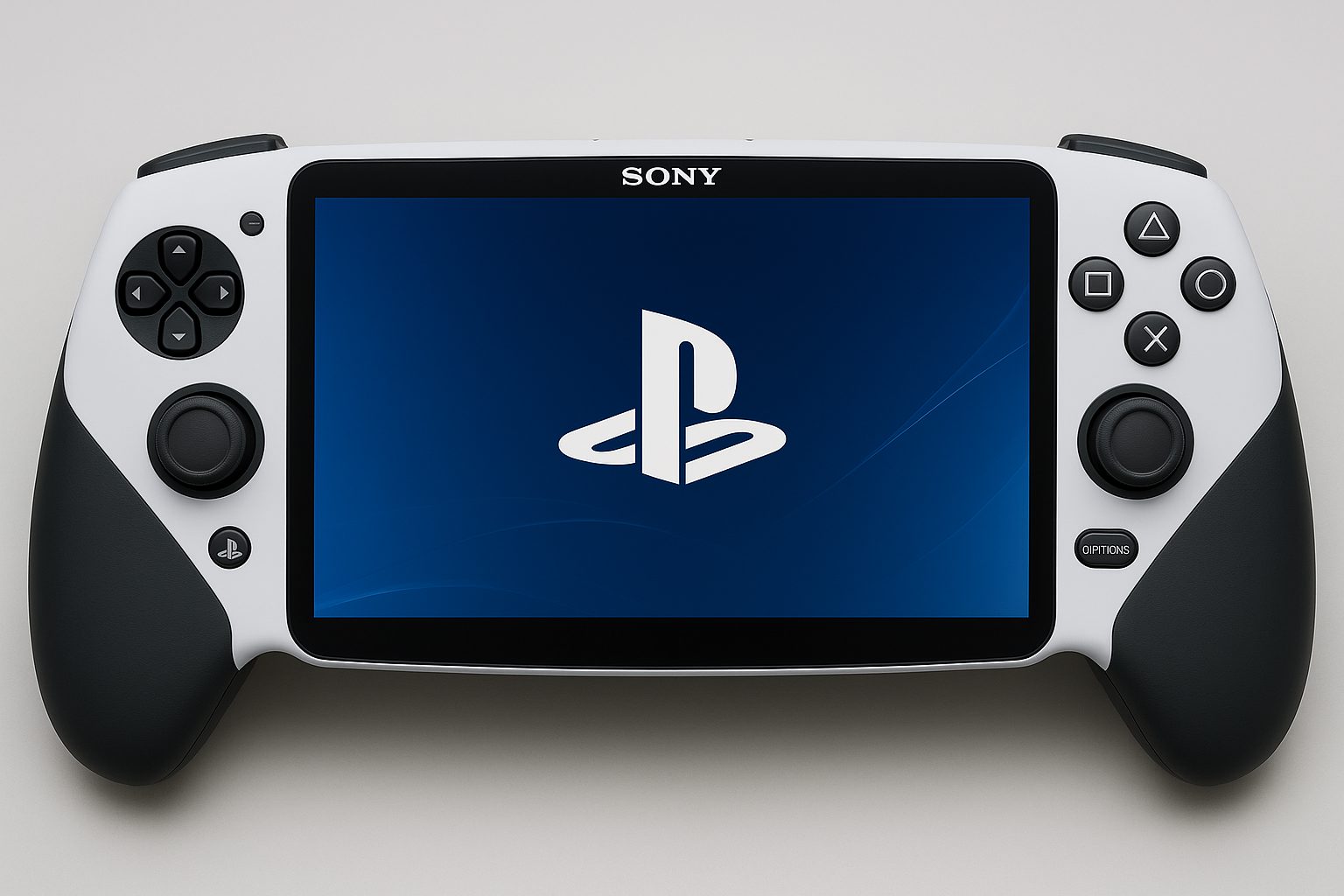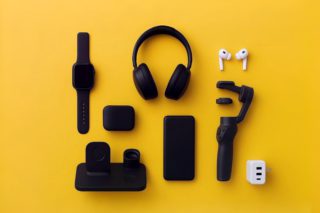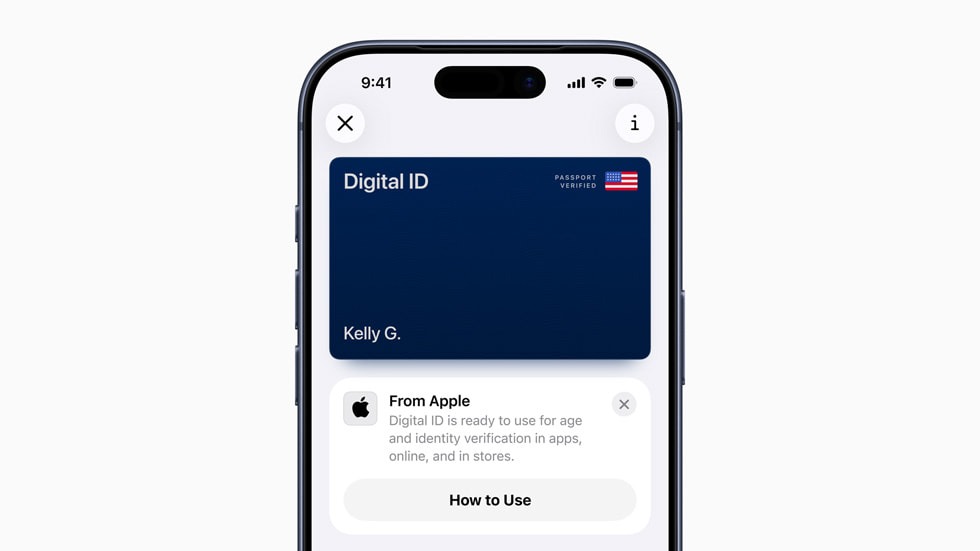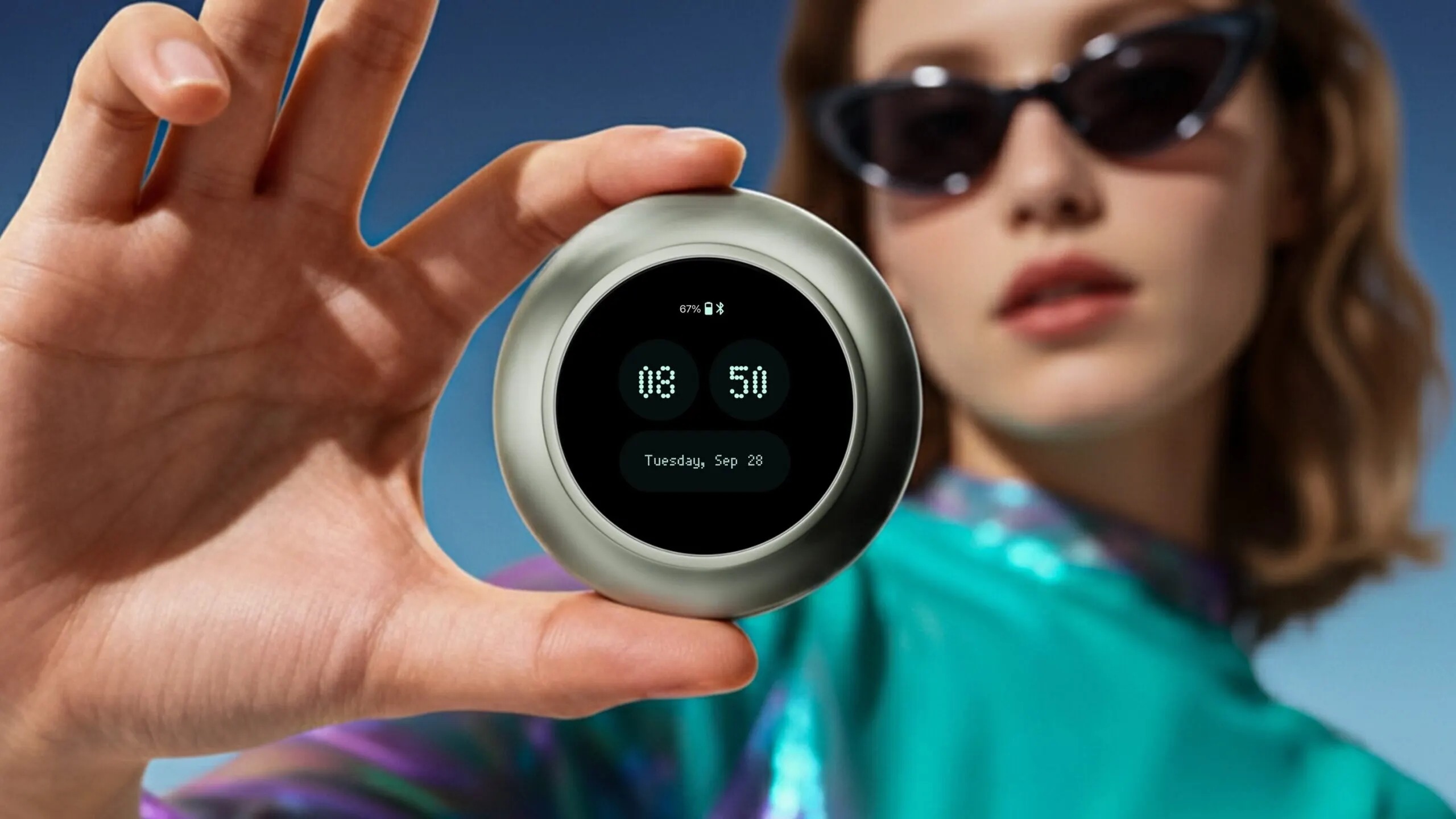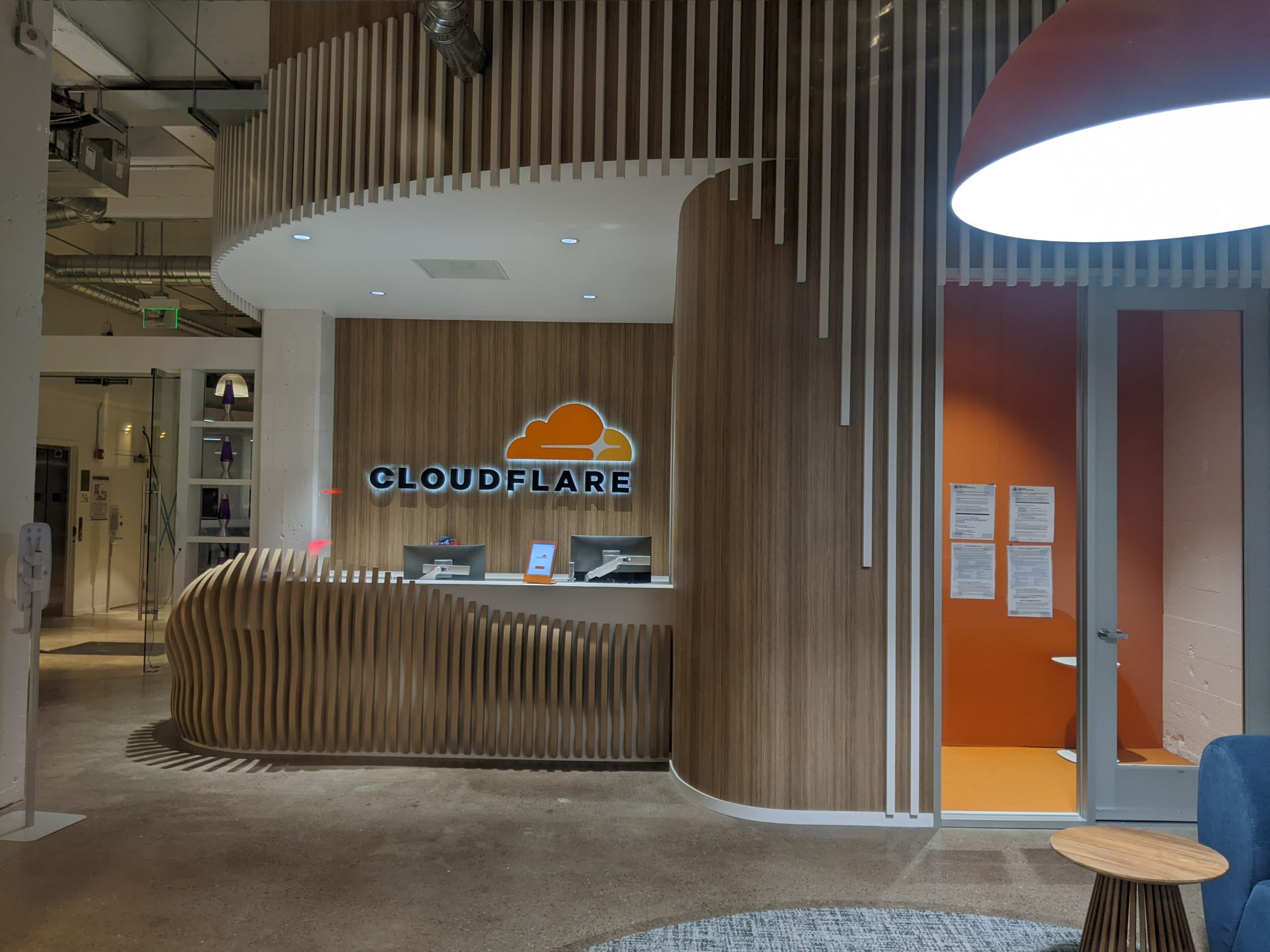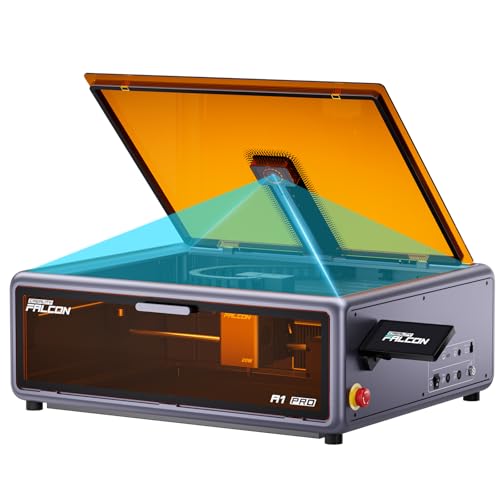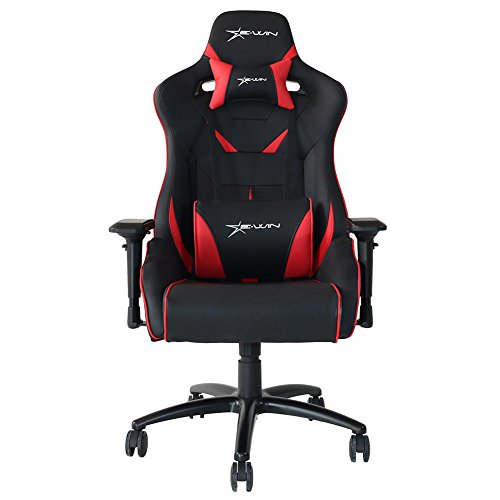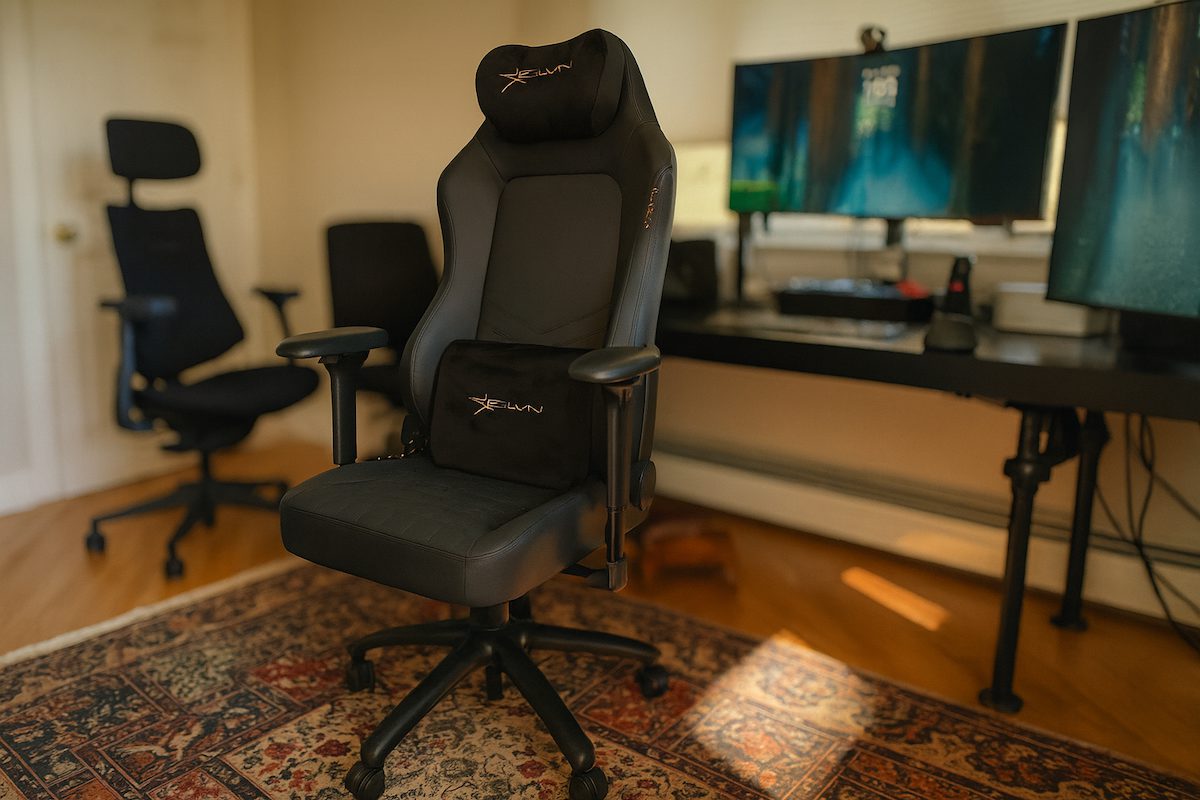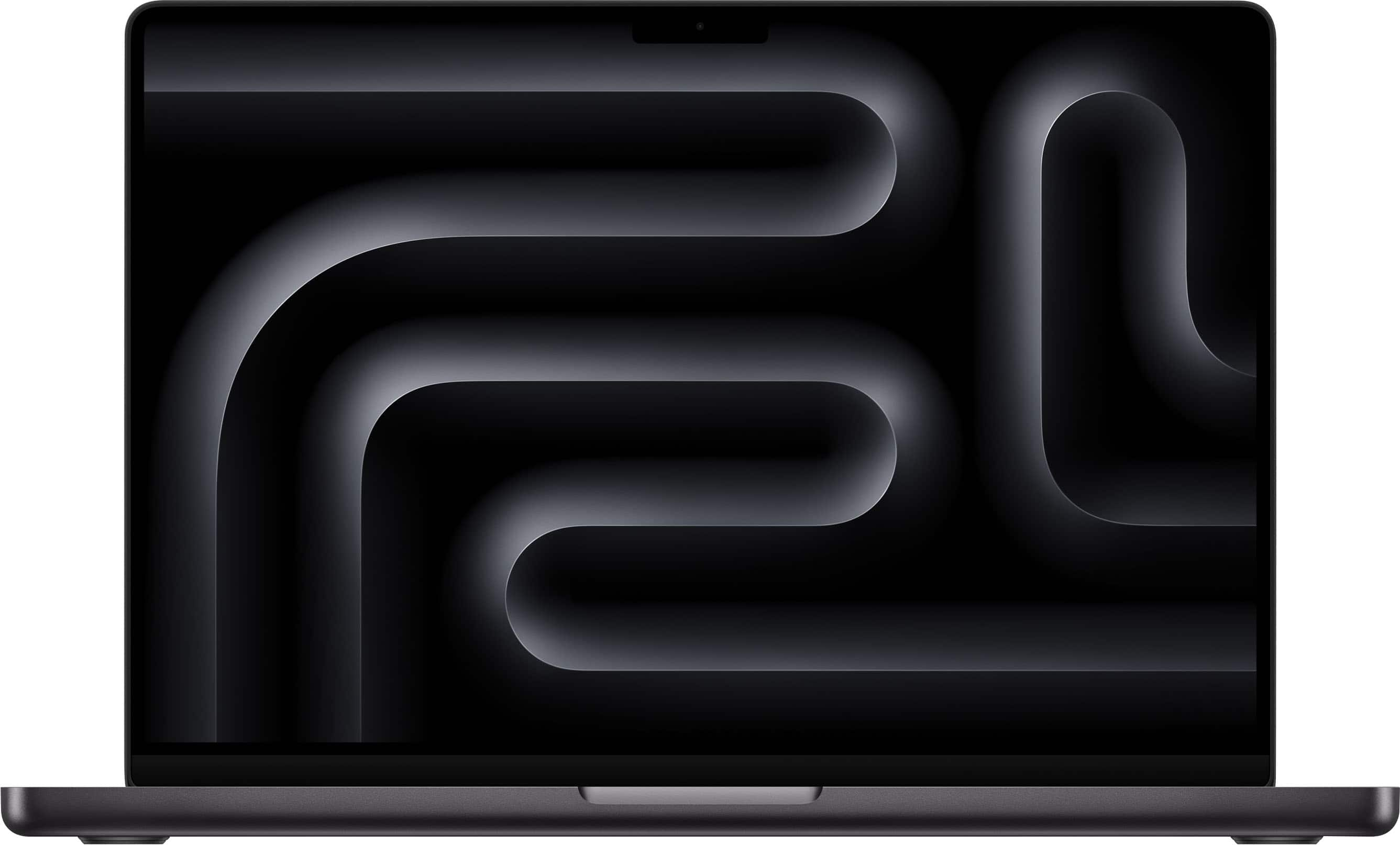Sony’s next move in portable gaming just got a lot more interesting. In a recent NeoGAF thread, an insider claimed the company isn’t just dabbling with another Remote Play device — they’re building a legitimate handheld that can run PlayStation 5 games natively. The leaked specs point to 16GB of RAM, AI upscaling technology (likely tied to PS5 Pro’s PSSR), and clever engineering that could make this the most powerful portable gaming device ever created.
Unlike the PlayStation Portal‘s streaming-only approach, this device would handle PS5 titles natively through a combination of smart compromises and next-gen tech. The handheld will reportedly use AMD’s upcoming Zen 6 CPU and UDNA GPU architectures, the same foundation expected for the PlayStation 6.
The Technical Magic Behind Native PS5 Support
The new handheld will pack 16GB of LPDDR5X RAM — matching the base PS5’s memory capacity but delivering only one-third of its bandwidth at roughly 150GB/s. That sounds like a recipe for disappointment, until you factor in Sony’s engineering solutions.
The device compensates with 4MB of L2 cache and 16MB of MALL cache (similar to AMD’s Infinity Cache), neither of which exists in current PS5 models. This extra cache helps compress memory usage and reduces the bandwidth bottleneck that would otherwise cripple performance.
The real breakthrough might be AI upscaling. Reports suggest the handheld will support PlayStation Spectral Super Resolution (PSSR) or similar technology, letting it render games at lower resolutions than intelligently upscale them. Think of it as the same trick the PS5 Pro uses, but optimized for battery life.
Core specifications include:
- Custom AMD UDNA GPU architecture for improved efficiency
- 15W power consumption for extended battery life
- Native PS4 game compatibility out of the box
- AI upscaling for enhanced visuals at lower power draw
- Support for most PS5 titles with potential developer patches
Sony’s Not-So-Secret Testing Phase
Here’s where things get sneaky. Sony is quietly rolling out a “low power” mode for PS5 and PS5 Pro dev kits that limits CPU threads, cuts memory bandwidth in half, and reduces GPU performance by 10-20%.
This mode essentially forces games to run within the performance constraints of a handheld device. The documentation encourages developers to support variable refresh rate (VRR), removes PSSR and VR support, and cuts 3D audio processing — all moves that make sense for a portable device focused on battery efficiency.
Industry insiders believe this “low power” flag serves as cover, getting developers comfortable with handheld performance profiles without revealing Sony’s actual hardware plans. The Trinity mode for PS5 Pro followed a similar pattern, appearing roughly one year before the console’s launch.
The Bigger Picture: PlayStation’s Portable Comeback
Current speculation points to a 2027–2028 launch window, potentially alongside the PlayStation 6. Both devices would share AMD’s UDNA architecture, creating a unified ecosystem where games scale seamlessly between home console and handheld—early signs of a next-gen PlayStation hardware ecosystem taking shape.
Sony’s strategy makes sense given the handheld gaming renaissance. The Steam Deck proved there’s an appetite for console-quality portable gaming, while Nintendo’s Switch 2 brings DLSS upscaling to mainstream handhelds. PlayStation’s rumored device would exclusively feature AI upscaling among handheld competitors, potentially giving it a significant visual advantage.
Your wallet might need preparation, though. With the PS5 Pro launching at $699, analysts suggest the PS6 could approach $1,000, and a capable handheld companion won’t come cheap. For context, the Steam Deck ranges from $399-$649, while early Nintendo Switch 2 speculation hovers around $400-$500. Sony’s premium positioning suggests their handheld could easily surpass $600.
Sony hasn’t officially confirmed any handheld development, but these leaks paint a compelling picture of portable gaming’s next evolution. If the rumors prove accurate, your commute just got more entertaining than your TikTok For You page.


